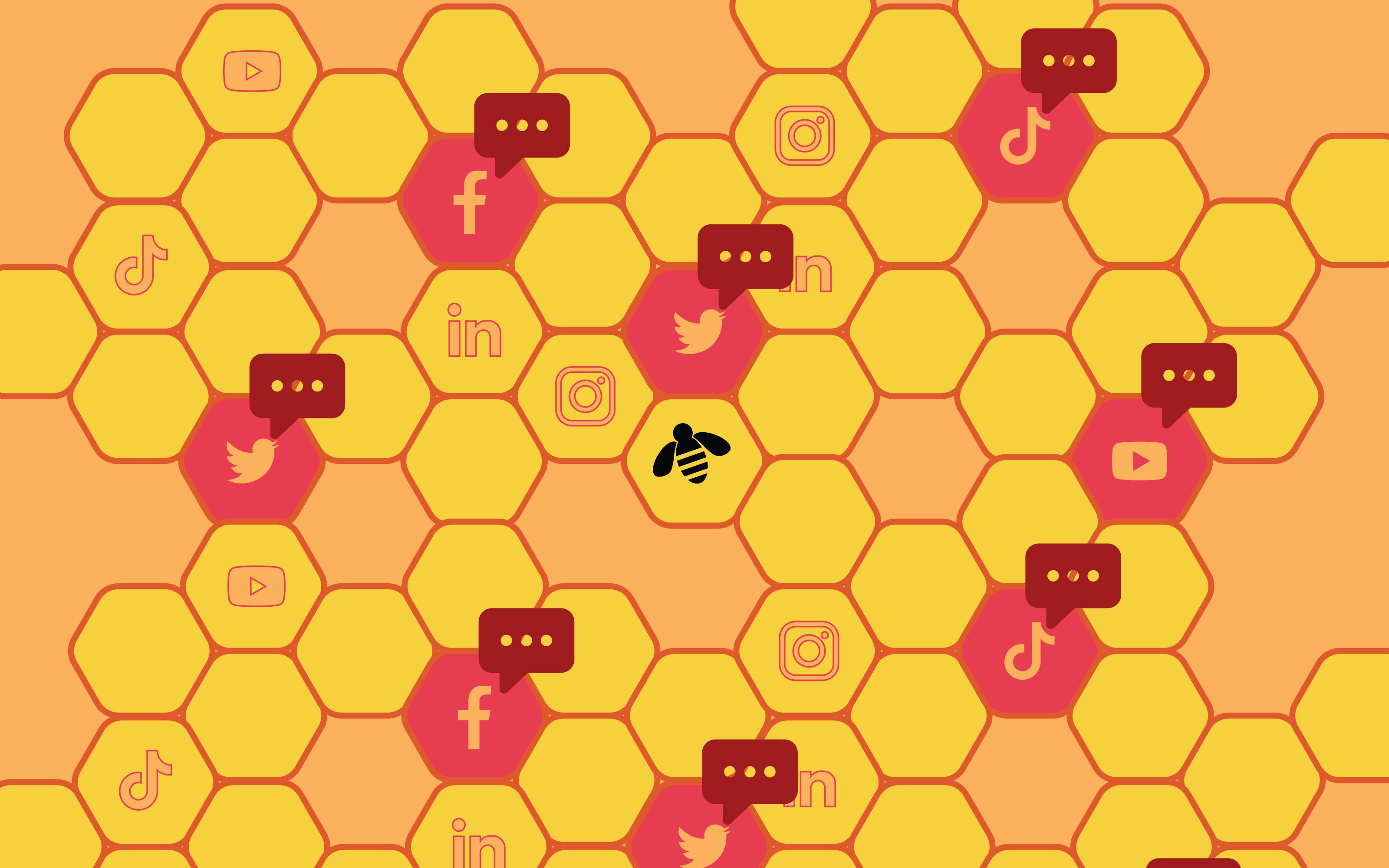
How the Hyperactive Hive Mind Challenges Remote Work
If your remote workday has become a relentless onslaught of instant messages and emails, you’re not alone. While remote work has provided flexibility to the modern-day team, communication strategies have become a cluster of anxious interruptions.
Whatever happened to cutting-edge email technology that was going to change the way we work forever? As we use them today, email and instant messaging have created the hyperactive hive mind, a true productivity killer.
What is the hyperactive hive mind?
‘Hive mind mentality’ in the workplace refers to the heightened attention we give asynchronous communication tools to replace the feeling of being in-person, especially for teams operating in different timezones.
It sounds innocent enough, but the problems arise when multiple messages are being sent throughout the day across various streams, continually breaking the concentration of workers. It’s an unstructured free-for-all that has become a huge source of distraction (think Slack, Messenger, and Troop).
Workers become addicted to responding to instant messages and emails, often at the expense of completing more pressing tasks and projects. For teams, this is crucial, because exercising more intentional communication enables higher productivity and prevents zoom fatigue.
How does this impact leaders and teams?
Being on constant alert amps up the "fight or flight" response, which triggers the sympathetic nervous system and is followed by an intense recovery from the parasympathetic nervous system. This ongoing process contributes to chronic stress, and according to the American Physiological Association, "Chronic stress, experiencing stressors over a prolonged period, can result in a long-term drain on the body." Ultimately, the body's immune response becomes weakened due to ongoing wear and tear on the nervous system, leading to the eventual burnout and other health issues for workers.
A survey by Owl Labs found that while many remote workers often felt more productive at home, they also experienced disconnection from their team, despite the many communication tools that are available. The mental health of remote workers is a balancing act between the benefits of working from home (no commute, more time with family) and the trap of inadvertently working longer hours, which makes it harder to wrap-up the workday.
Are remote teams doomed to a life of un-productivity?
A computer science professor studying the interaction between digital technology and culture, Cal Newport examines the challenge knowledge workers face of remaining productive while being bombarded by a plethora of texts and emails demanding immediate attention.
In his new book, A World Without Email, Newport describes the hyperactive hive mind as “workflow centred around ongoing conversations fueled by unstructured and unscheduled messages,” meaning we spend our day communicating but are we being smart about it?
This type of interaction may work well for small teams and startups, but it can be particularly disruptive in larger companies where workers interact with many people across departments.
A growing movement believes the hyperactive hive mind is incompatible with remote work, and we can see why. While we managed to make it work through what will soon be two years of pandemic life, what will the next phase of remote work look like for teams who are lost in this form of unstructured communication?
For remote work nay-sayers, this phenomenon adds to the argument for bringing everyone back to the office, but it's not an all-or-nothing scenario. Messaging tools have a place and a purpose; it's the way we use them that has to change.
Next up: Combating the Hyperactive Hive Mind.